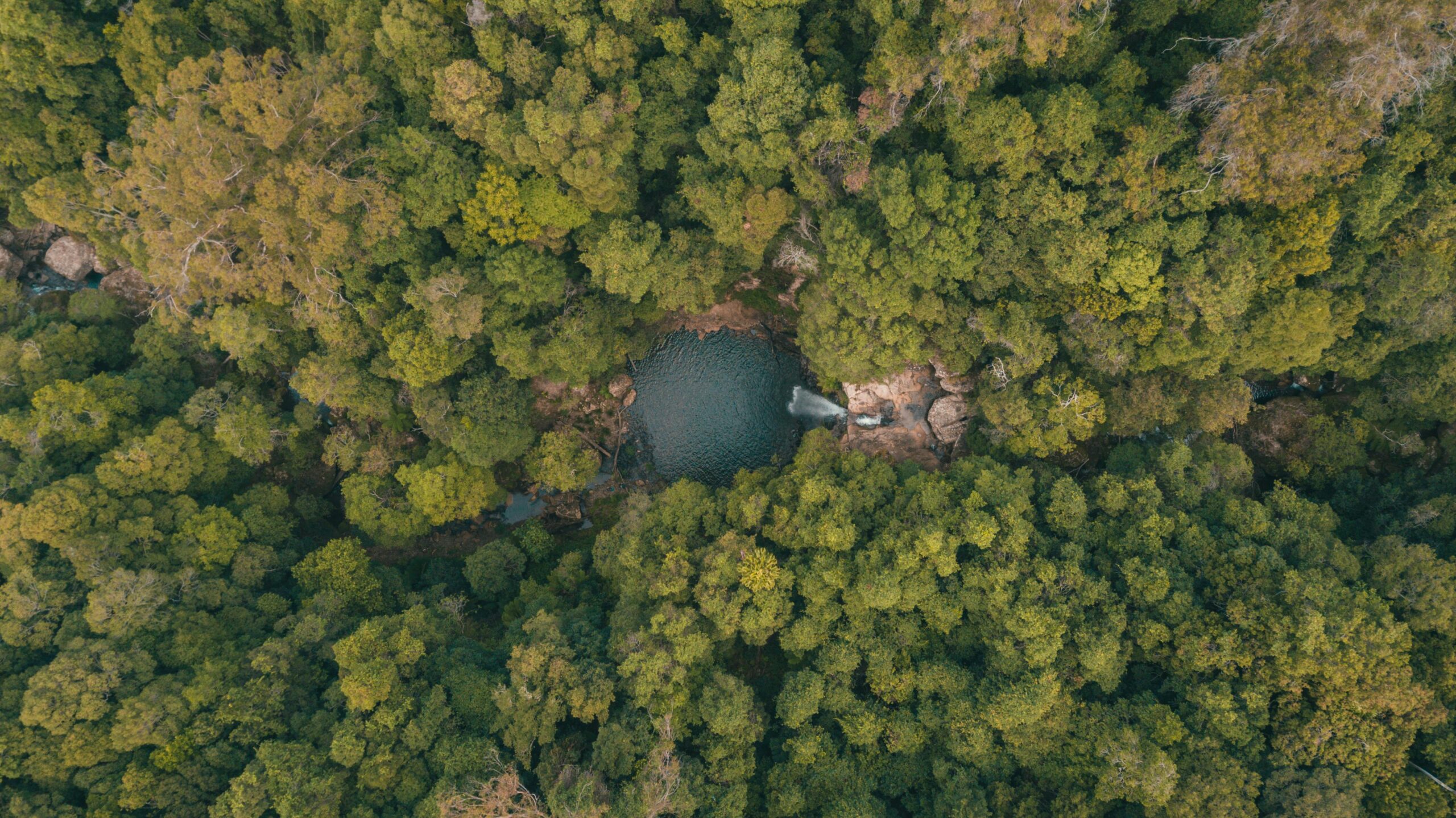Economic analysis of seasonal wetlands in the Greater Grampians Region
To support sustainable land management, we helped GHCMA assess the economic value of seasonal wetlands and highlight the benefits of wetland conservation for private landholders in South West Victoria.

Seasonal wetlands play a crucial role in the Glenelg Hopkins catchment, offering essential ecosystem services like habitat for wildlife, water purification, Seasonal wetlands play a crucial role in the Victoria’s Glenelg Hopkins catchment, offering essential ecosystem services like habitat for wildlife, water purification, and flood control. However, approximately 60% of the wetlands in the northeastern area of the catchment have been converted for cropping, leading to a decline in native vegetation and wetland health. This is primarily due to the wetlands being on private land, where conservation efforts are often perceived as conflicting with the economic interests of landholders and incurring an opportunity cost from lost agricultural margins.
The Glenelg Hopkins Catchment Management Authority (CMA) engaged NCC to undertake an economic analysis of the values from seasonal wetlands to private landholders, in order to demonstrate a broader value proposition of these ecosystems and incentive their conservation by landholders. This project involved detailed research on the range of ecosystem services derived from seasonal wetlands, and on prevailing valuation approaches that could be applied using publicly available data and data from research undertaken in the region by the CMA and its collaborators. Using a cost-benefit analysis framework, a strawman approach was used to determine the net economic benefits from wetland conservation for a private agricultural landholder.
The results demonstrated that in the longer-term (beyond 5-10 years), landholders would stand to gain a net economic benefit from wetland conservation through improved access to environmental markets and premium supply chains. However, the prevailing uncertainty around benefits, and the costs of the initial transition period, are barriers to participation. In response, this analysis also provided recommendations for potential stewardship programs (given the public benefits from wetland conservation), where public-private co-funding for wetland management could help solve this environmental challenge.


